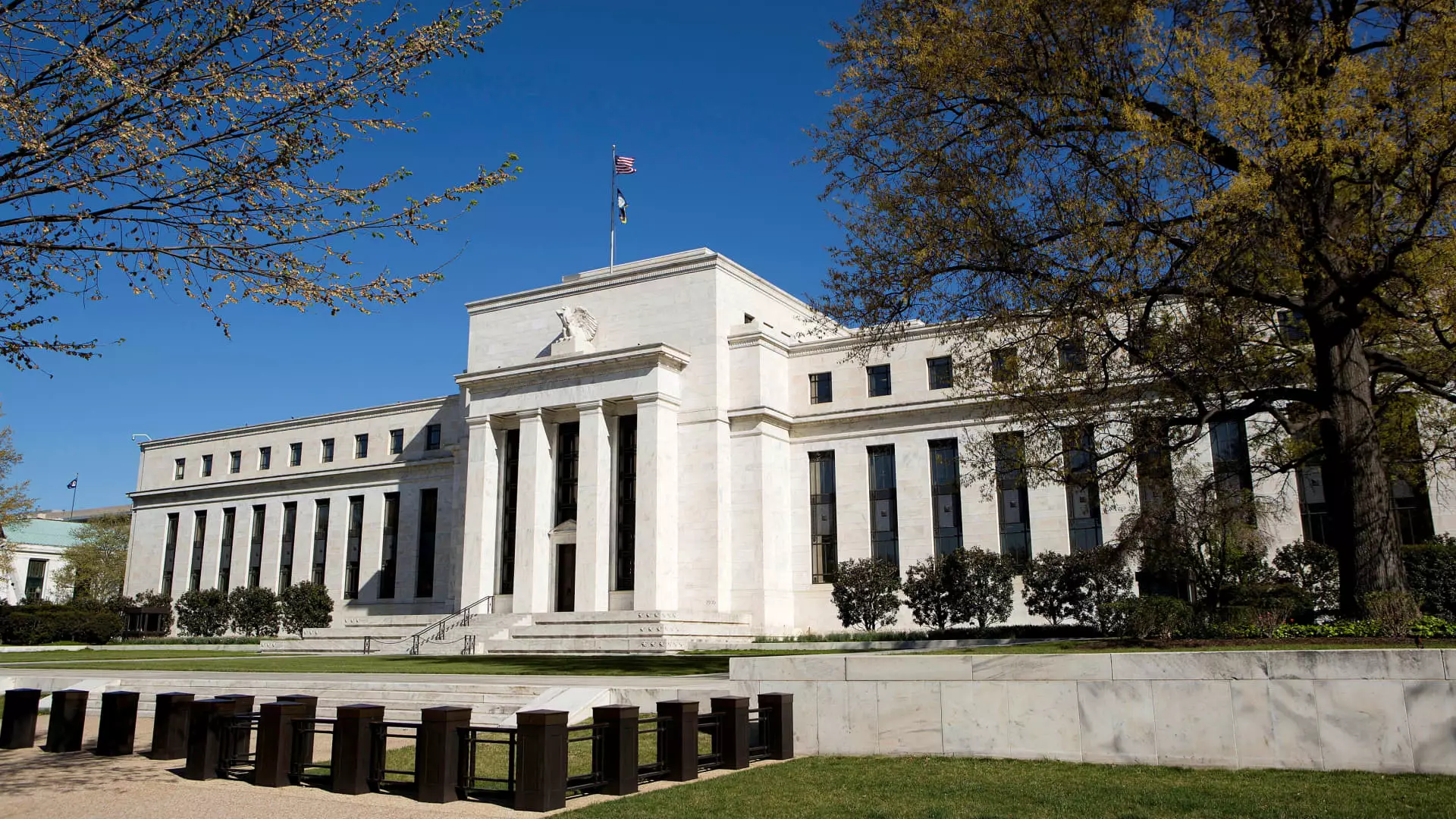The Federal Reserve’s decision to lower its benchmark interest rate by 25 basis points shortly after President-elect Donald Trump’s win in 2024 has significant implications for the U.S. economy. This article delves into the reasons behind this shift, the expectations surrounding it, and how it will affect consumers in various sectors.
Leading up to this pivotal decision, the nation faced pronounced economic uncertainty primarily due to soaring inflation rates that had strained American households. With many families grappling with the rising cost of essential goods and services, the Federal Reserve’s proactive approach aims to restore some level of economic stability. The latest economic indicators show a favorable decline in inflation, inching towards the Fed’s target of 2%. This emerging trend was significant enough to justify the rate cut, despite the residual effects of prior increases.
Throughout the previous year, the Fed had raised interest rates 11 times between March 2022 and July 2023 to combat rampant inflation, moving rates from unprecedented lows to levels that caused discomfort among consumers. The latest reduction follows another decrease in September, marking a gradual pivot in monetary policy as the central bank seeks to alleviate some financial pressure from American households.
The federal funds rate directly impacts the cost at which banks lend money to each other overnight, a determinant that ultimately flows through to consumers’ various borrowing costs. For many, especially those who rely heavily on credit cards, the current economic landscape poses distinct challenges. Rates have surged to recent highs; the average credit card APR jumped from 16.34% to just above 20% due to previous rate hikes. Despite the recent cut by the Fed, financial analysts express caution over immediate relief for borrowers.
Many consumers will find that the reduction will not drastically impact their credit card bills or borrowing costs in the short term. As Matt Schulz, a LendingTree credit analyst, notes, consumers should take proactive measures—such as seeking better rates or leveraging balance transfer offers—to manage their financial responsibilities effectively.
As the Fed shifts course on interest rates, its effects will ripple into multiple sectors, especially auto loans and mortgages. The average auto loan rate currently sits at approximately 7%, a significant increase from four percent just before the Fed’s aggressive rate hike strategy began. Even though rate reductions might slightly ease some borrowing pressures, the rigorous climb in vehicle prices combined with previously high borrowing costs continues to challenge consumers. As economic experts maintain, a modest decrease in rates may offer a glimmer of hope but is not a panacea for financial strain.
Housing affordability remains another critical issue, exacerbated by rising mortgage rates since the pandemic shook the economy. While fixed mortgage rates are tied to Treasury yields, the Federal Reserve’s action may still provide a buffer, helping to stabilize or even reduce current mortgage rates that hover around 6.81%. Nevertheless, the interplay of market uncertainties and investor sentiment poses persistence challenges for significant declines in housing costs.
For federal student loan borrowers, sweeping relief from rate cuts remains elusive: most borrowers are locked into fixed rates, rendering immediate benefits minimal. Alternatively, those with variable-rate private loans may experience slight reductions, but the actual savings can be modest—essentially a few dollars monthly for every $10,000 borrowed.
Moreover, the prospect of refinancing can come with pitfalls, as it may involve relinquishing protections that federal loans provide, including forgiveness options and income-driven repayment plans. Borrowers must weigh the potential benefits of refinancing against the inherent risks of moving away from federal protections, complicating the decision-making process in a landscape laden with economic uncertainty.
On the other end of the spectrum, savers may see yield rates begin to diminish following the Fed’s interest rate cuts, although current returns remain robust compared to historical standards. With top-yielding online savings accounts still upwards of 5%, individuals maintaining savings can find some comfort in their returns, even as the Fed’s adjustments may signal a gradual decline in interest rates in the future.
Overall, while the reduction in interest rates should theoretically incentivize consumer borrowing and spending, the enormity of past hikes, ongoing inflationary pressures, and market hesitations will dictate the ultimate impact on American households. The unfolding economic story will require careful navigation by both consumers and policymakers as they adapt to this environment of shifting financial dynamics. As savvy financial management becomes increasingly vital, it will be interesting to observe how households adjust to these federal maneuvers and their broader implications on economic recovery.

